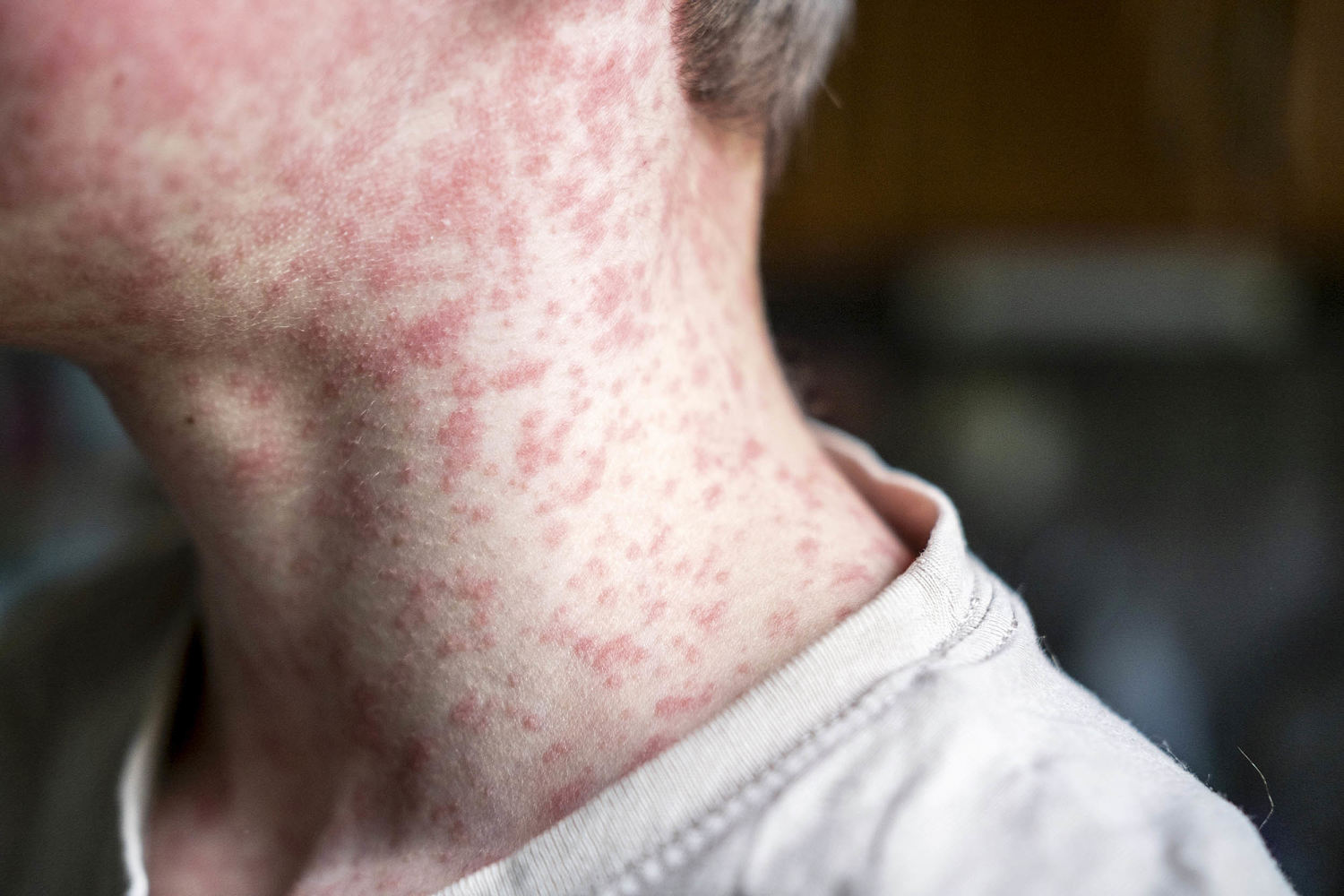The measles count in the U.S. has surged to over 430 cases across 18 states and Washington, D.
C., since January, mostly in unvaccinated people or those with unknown vaccination status, according to local public health officials. Most recently, District of Columbia health officials a case of measles in an Amtrak passenger who traveled earlier this month to the nation’s capital, exposing people when visiting a local urgent care and the city’s Union Station.

There have also been at least two deaths tied to measles so far this year — the country's first in a decade. An unvaccinated 6-year-old girl has died in West Texas, and a second unvaccinated adult in New Mexico tested positive for the illness postmortem. People who are fully vaccinated against measles are unlikely to contract the virus and even less likely to develop severe complications if they do get a breakthrough infection, .
Most measles cases in the U.S. are due to an outbreak in West Texas in the largely unvaccinated Mennonite community, but it's since led to clusters of cases across state lines in New Mexico and Oklahoma.
It's possible recent cases in Kansas are also related but not yet confirmed. With case counts likely underreported, more aggressive vaccination efforts, improved contract tracing and stricter quarantine protocols. Over a dozen other states are also experiencing isolated measles cases — many linked to international travel, .
As cases continue to surge, there is now growing concern the “bubbles” of unvaccinated people, where almost all measles cases are, may soon burst, , experts say. The epicenter of the measles outbreak is in West Texas, which started in late January with two cases in Gaines County, a rural agricultural area, but it has now spilled into neighboring states: Other states with three or more cases, include: Measles is caused by a very contagious virus and is thought to be the most contagious infectious disease in the world. After someone gets infected, the virus lives in their nose and throat, spreading to others who are susceptible after the infected person coughs or sneezes.
The virus can stay in the air for up to two hours after someone with measles leaves the area, according to the CDC. About 90% of people who are not immune to measles (through vaccination or previous infection) will be infected after being close to someone with measles. measles is 10 times more infectious than COVID.
A person infected with measles is infectious about four days before the characteristic red rash appears and up to four days after. Measles only spreads from person to person; animals do not get or spread the disease, according to the CDC. There are several stages of a measles infection.
After someone is infected with measles, it takes seven to 14 days to first develop symptoms — so many people do not realize when they are infected at first. The classic, early measles symptoms often mimic a cold, including: Less common symptoms may include: After two to three days of cold symptoms, people may develop white spots inside the mouth called Koplik spots — a sign specific to measles. Approximately three to five days after the first symptoms, people develop a red rash, which usually starts as flat red spots along the hairline, then moves downward to the neck, body and extremities.
The illness usually lasts one to two weeks. Some clues you are getting better include: The best way to prevent measles is to make sure you are vaccinated against it. The CDC recommends children receive , first at 12-15 months of age and again at 4-6 years old before school entry.
The goal is for most kids to be vaccinated before they enter kindergarten. For older children, adolescents or adults who are not immune, the CDC recommends receiving one or two doses of the MMR vaccine depending on their risk factors for disease. If you are unsure if you are immune to measles, the looking into the following: After getting two doses of the vaccine as a child, people are considered immune for life.
The vaccine is safe and effective, offering 97% protection against infection after two doses. Dr. Shiv Sudhakar is a contributing writer for TODAY.
com. After writing short stories in medical school, he learned humor really is the best medicine. Being a doctor inspires him to write stories that educate people to learn more about their body and health.
As an infectious disease specialist, he has a particular interest in bugs and drugs. He also works in addiction medicine and is passionate about combating homelessness, decreasing substance abuse, improving mental health and elevating extraordinary stories from everyday people..
Health

Which states have the most measles cases? Where it's spreading as US outbreak grows

Measles cases in the US are growing due to an outbreak in unvaccinated individuals in Texas. See the states with the most measles cases and a U.S. outbreak map.















